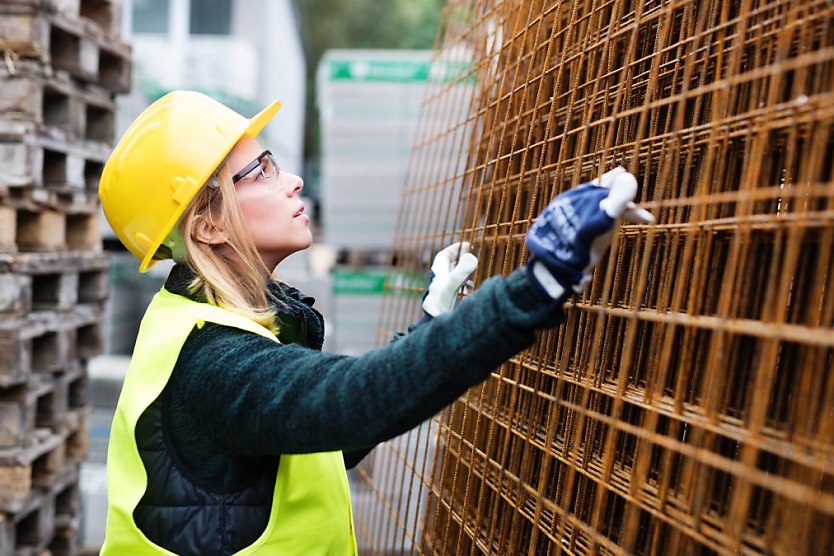The fight to increase women’s participation in construction
SHARE THIS ARTICLE

Construction has always been a male-dominated industry. Social norms and engrained biases have caused this. However, now more than ever, there is a fight to turn the tide on women’s participation in this important industry.
The participation of women in construction is one of the lowest of all major industries in Australia. Master Builders Australia chief executive Denita Wawn noted how this massive industry is not reaching its full potential as women are being excluded.
“As one of the biggest sectors in the economy, the building and construction industry employs over 1.3 million Australians, but a female participation rate of 15 per cent with only 3 per cent on the tools is simply not good enough,” she said.
Recent years have seen increased participation rates for women. A 2021 study revealed that over the course of 2020, female construction workers saw an increase of 21 per cent. With the participation rate now at 15 per cent, the figures are increasing year on year, as the figure stood at 11 per cent in 2019.
Wawn commented: “Increased female participation has many benefits; it lifts productivity, boosts the economy, facilitates financial independence, assists in developing an inclusive and diverse culture and meets the much-needed workforce shortages the building and construction industry is facing.”
“Cultural change is needed, and industry structures must adapt – such as more flexible patterns of work – and more funding is required to support evidence-based programs of how to attract and retain women. We must do more to end the bias between universities and vocation education, and young women should be given the same opportunities as their male counterparts to pursue trade apprenticeships if they choose to do so.”
More than boosting diversity, hiring women in construction can assist in reducing talent shortages that plague many employers in the industry. Studies have shown that skilled worker vacancies across Australian construction jobs have risen by 80 per cent since 2019. Construction was also listed as having major skills shortages by the Australian government, prompting the need for change.
This is where female hiring initiatives can shine and could turn the tide on labour shortages in this essential industry. Housing Industry Association (HIA) managing director Jocelyn Martin discussed the issue last year, highlighting the progress that has been made.
“From a purely trades perspective, our figures show the construction industry is now training more female workers than ever before. There are nearly 6,000 female apprentices and trainees undertaking training in the construction industry, which is more than double the number in training three years ago,” Martin said.
“The pandemic has left large gaps in labour supply, and women have seen the opportunity to learn a trade or pursue a career in the construction industry for not only the financial benefits but also the long-term career progression that they may not have in other fields of expertise. These roles may not just be working on the tools but in complex problem-solving roles.”
Eliminating conscious and unconscious biases is the path forward. With attitudes heavily ingrained in an industry that has been male-dominated since the beginning, this can be a daunting prospect.
Martin continued: “It’s true there is an array of conscious and subconscious biases that influence the perceptions of career opportunities for women in the construction industry. Too often, these biases steer women away from pursuing a career in building. But the gender-based barriers that limit female participation within the industry can be eliminated. Efforts over recent years are starting [to] show the walls slowly coming down.”
“Whilst it’s true the ranks of women are small in the construction industry, the numbers are growing.”
RELATED TERMS
Unconscious bias refers to discriminating choices made by a person without their knowledge as a result of internalised opinions towards certain individuals or groups of people. This may have a detrimental impact on hiring choices.
Jack Campbell
Jack is the editor at HR Leader.

